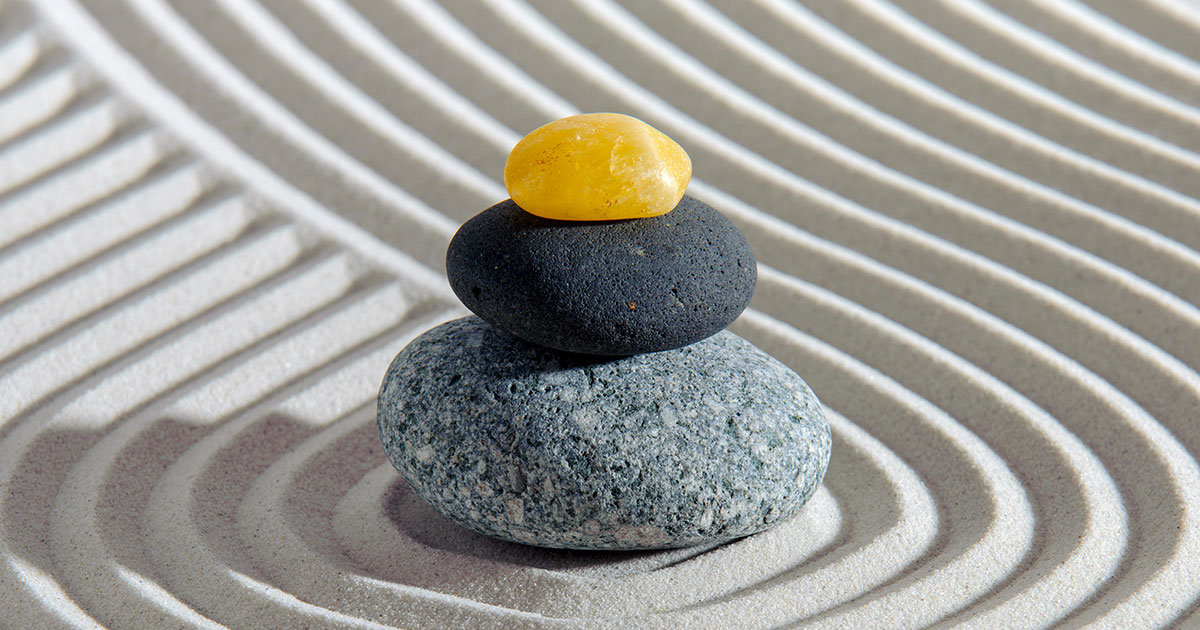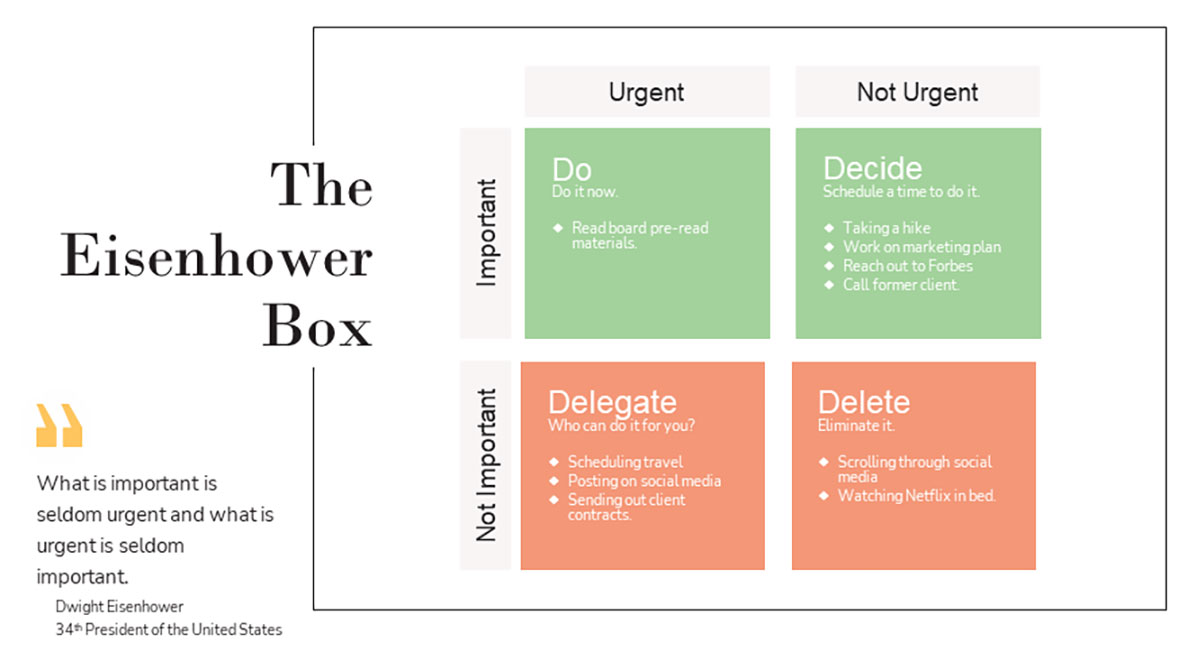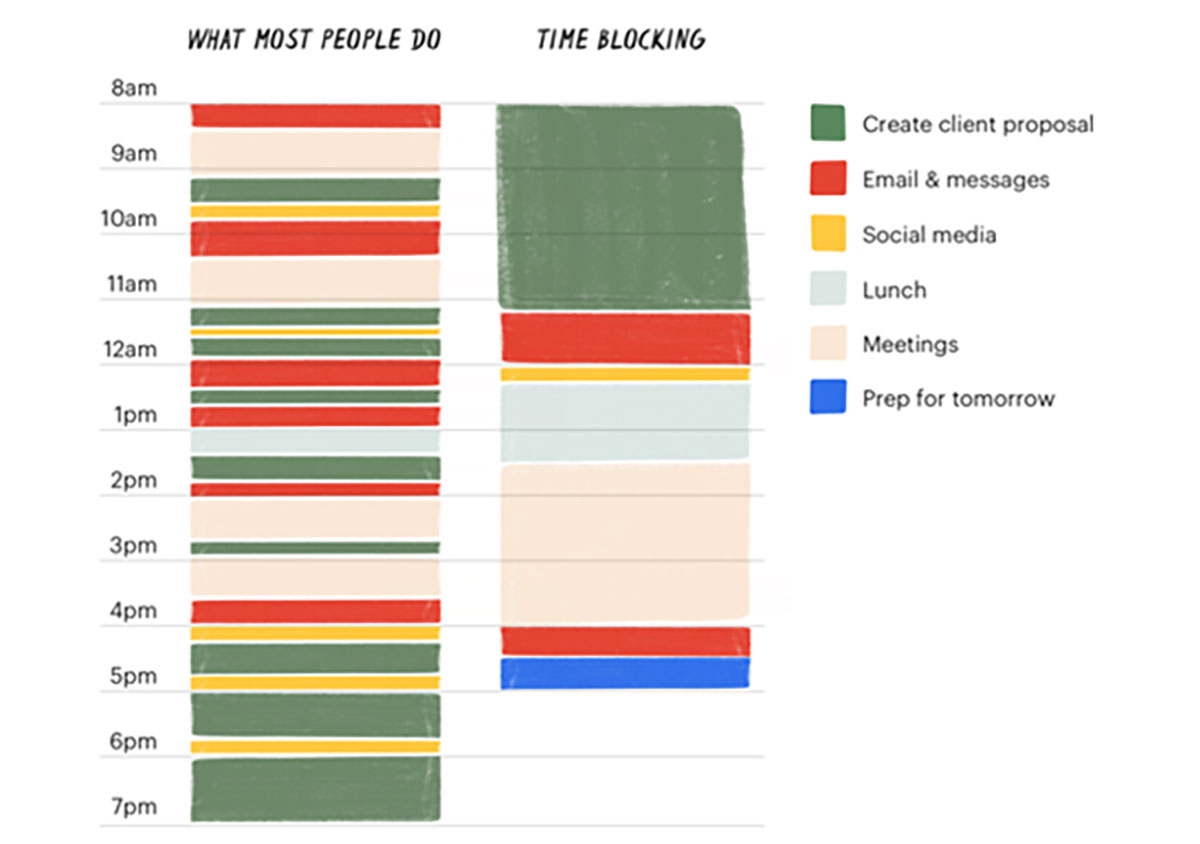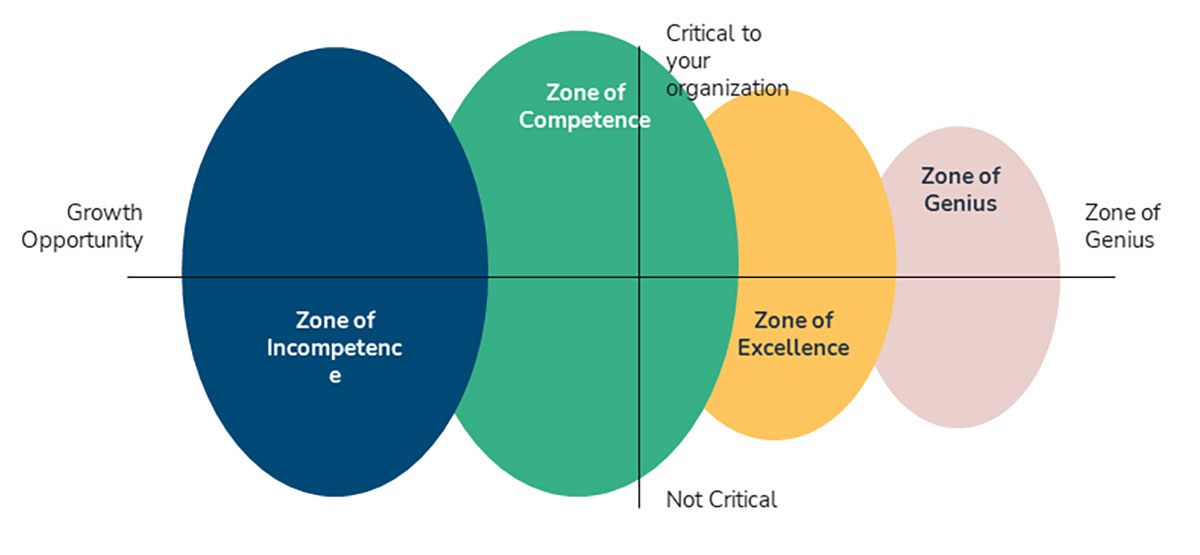
In our fast-paced and demanding world, finding ways to reclaim time and increase productivity can be a never-ending quest. Lawyers often struggle with the challenge of not having enough time, and the number one question I get from my clients is, “What are some ways to find more balance?”
Over the past decade, I’ve developed a toolkit of life hacks to help lawyers break down the walls of busyness and regain control over their schedules. Here are a few of my favorites.
Hack #1: The Eisenhower Box
President Dwight D. Eisenhower possessed an extraordinary talent for maintaining high levels of productivity over extended periods of his career, which spanned decades. And, because of this, people have analyzed his techniques for time management and overall productivity.
One of his most renowned productivity strategies is referred to as the Eisenhower Box, a straightforward decision-making tool that is easy to implement. This method involves categorizing actions into four distinct scenarios:
Urgent and important (tasks you will do immediately)
Important, but not urgent (tasks you schedule to do later)
Urgent, but not important (tasks you will delegate)
Neither urgent nor important (tasks you will eliminate)
The Eisenhower Box can be used for week-to-week projects, as well as smaller, daily action plans.1 Here’s one example of my daily plan: [See Figure 1]
Figure 1
Life Hacks: The Eisenhower Box

Hack #2: Block Scheduling
Block scheduling (or time blocking) is the practice of allocating large chunks of time to related tasks and using the time only for those specific tasks. So, no email interruptions (turn off notifications), no phone calls (phone is on silent), no text or social media, and no multitasking.
To get started, first evaluate your calendar to assess what you would like to accomplish in the week. Next, look for patterns and group tasks into categories, such as administrative, meetings, thinking time (or creative work), email, and personal time. And then, start to experiment with different block-scheduling patterns.
Here’s an example: [See Figure 2]
Figure 2
Life Hacks: Block Scheduling

Why block scheduling?
 Julie Bonasso, Temple 1995, is a consultant and coach specializing in lawyer well-being. An experienced corporate lawyer and Master Certified Coach, she helps clients integrate self with career to accelerate growth. The cornerstone of her coaching is leveraging well-being as the pathway to success. She is the founder and CEO of Julie Bonasso Coaching and a member of the State Bar of Wisconsin Task Force on Lawyer Well-Being. juliebonasso.com
Julie Bonasso, Temple 1995, is a consultant and coach specializing in lawyer well-being. An experienced corporate lawyer and Master Certified Coach, she helps clients integrate self with career to accelerate growth. The cornerstone of her coaching is leveraging well-being as the pathway to success. She is the founder and CEO of Julie Bonasso Coaching and a member of the State Bar of Wisconsin Task Force on Lawyer Well-Being. juliebonasso.com
Research shows that constant interruptions can decrease a person’s intelligence. In 2005, a study conducted by Dr. Glenn Wilson at London’s Institute of Psychiatry found that persistent interruptions and distractions at work had a profound effect. Study participants who were distracted by emails and phone calls had, on average, a 10-point fall in their IQ, twice that found in studies on the effect of smoking marijuana!2
The key to this method is prioritizing your task list in advance – a weekly review is a must.
Take stock of what’s coming up for the week ahead and make a rough sketch of the time blocks for each day. At the end of every workday, review any tasks you didn’t finish and any new tasks that have come in, and then adjust the time blocks for the rest of the week accordingly.
Block scheduling is most likely to be effective if you try it for at least 30 days.
Hack #3: Contemporaneous Time Entry
The billable hours lawyers lose if they don’t record time contemporaneously is staggering. According to studies compiled by practice management consultant Ann M. Guinn for her ABA blog:
Attorneys who record time entries once per day, on the same day, lose 10% of their billable-time hours.
Waiting 24 hours to record time results in a loss of 25%.
Delaying time entry by only one week leads to a loss of 50-70%!
Apart from the advantage of “finding time,” concurrent time entry also contributes to an increased realization rate and higher income. When I was the director of professional development at a law firm, senior managers considered this factor significantly when evaluating promotions, client projects, and compensation adjustments.
To ensure contemporaneous timekeeping, the simplest approach is to keep time-entry software open on your computer or use a separate device such as an iPad. Each time you engage in a call, send an email, or work on a project, immediately record the corresponding time. Find a time-entry mentor and review examples of well-written time-entry descriptions for more effective timekeeping that is less likely to be written off.
Hack 4: The “I Did It” List
If your primary effort every day is crossing off items from a to-do list, you’re constantly trying to escape the burden of having tasks to complete. It can become a never-ending battle, a frantic struggle to finish, to eliminate, to get rid of things. Each task becomes another item to check off the list, and the cycle repeats the next day. You might often feel like a failure. This narrow focus and the negative self-talk associated with it make it difficult to appreciate the good things happening around you. You miss out on the beauty and positivity in life. Sound familiar?
One of my clients, Jess, described herself as “productive but miserably productive.” So, we decided to change her approach. Instead of writing a long to-do list, she started maintaining a short list with only two or three essential items for each day. She also began using a legal pad to keep track of all the tasks she accomplished throughout the day – the “I Did It” list. During the first week using the system, she discovered that she had completed more tasks than she had realized before, including many tasks that were not on her daily reminder list.
Many people, especially those who are driven, tend to be unhappy because of how they measure their progress. This dissatisfaction arises from comparing themselves to an ideal that is always out of reach. When we evaluate ourselves against this elusive goal, we find ourselves in “the gap,” which is often characterized by feelings of imperfection and frustration. However, when we shift our focus to recognizing what we have achieved, we recognize we’re in “the gain.”3
In The Gap and The Gain: The High Achievers’ Guide to Happiness, Confidence, Dan Sullivan writes that when his clients took stock of their accomplishments both personally and professionally, they were often surprised, like my client Jess, about how much they had achieved. They had failed to appreciate their progress because, no matter how much they attained, they were always measuring themselves against an elusive state.
Focusing on the gain boosts positive feelings of accomplishment and helps us avoid feeling like failures. Ultimately, it enhances resilience and overall well-being.4
Hack #5: Operate in Your Zone of Genius
In The Big Leap: Conquer Your Hidden Fear and Take Life to the Next Level, Gay Hendricks describes four zones of work [See Figure 3]:
Figure 3
Life Hacks: The Big Leap

Zone of incompetence: This zone represents activities in which a person inherently lacks understanding or skill. Engaging in this zone can lead to inefficiency and frustration.
Zone of competence: In this zone, people perform tasks at which they are proficient but recognize that many others are similarly talented. As such, people are not differentiating their abilities in any meaningful way.
Zone of excellence: Here, people excel at tasks that they have honed and developed expertise in over time. This zone represents a high level of skill and competence.
Zone of genius: Within this zone, people leverage their natural abilities rather than learned skills. It is a state of “flow” in which people find constant inspiration and produce work that is distinguished and unique. When operating in a zone of genius, people effortlessly surpass the achievements of others and reach extraordinary levels of excellence.
According to Hendricks, “Most successful people are operating in their zone of excellence, in which they are doing things at which they are highly skilled. This zone is ultimately unsatisfying, though, because it does not engage the innate genius of the individual.”5
You can absolutely be successful in the zone of excellence. But to take your life to the next level, you cannot keep playing by other people’s rules.
In his book, Hendricks poses several thought-provoking questions to help readers who want to move into the zone of genius:
What kind of work feels effortless and enjoyable to you?
Which aspects of your work yield the highest levels of abundance and satisfaction in relation to the amount of time invested?
What is your unique ability, the gift that sets you apart?
When you tap into your intrinsic talents and passions – your zone of genius – you can unlock unprecedented levels of fulfillment and success.
Conclusion
Even if you incorporate only one of these tools, you can create more time in your schedule and increase your productivity. But more important, breaking free from the ties of busyness allows you to focus on what truly matters and take the first steps toward a more intentional and purpose-driven life.
So, why wait? Reclaim yourself, take back control, and start today.
Endnotes
1 James Clear, Atomic Habits: An Easy & Proven Way to Build Good Habits & Break Bad Ones (New York, NY: Penguin Random House 2018).
2 Harriet Griffey, The Lost Art of Concentration: Being Distracted in a Digital World (Oct. 14, 2018), www.theguardian.com/lifeandstyle/2018/oct/14/the-lost-art-of-concentration-being-distracted-in-a-digital-world.
3 Dan Sullivan, The Gap and The Gain: The High Achievers’ Guide to Happiness, Confidence, and Success (Hay House Business, 2021).
4 Id.
5 Gay Hendricks, The Big Leap: Conquer Your Fear and Take Life to the Next Level (HarperOne, 3d ed. 2010).
» Cite this article: 96 Wis. Law. 35-38 (July/August 2023).
